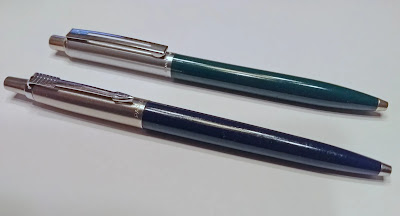
🌳 Being an environmentally conscious student doesn't have to be complicated or overwhelming. By making small yet impactful changes in your daily life, you can contribute to a greener future.
This article explores some, easy eco-friendly switches for students to adopt both at school and home. By incorporating these simple habits, you can play a significant role in conserving resources, reducing waste, and making a positive impact on the environment forever.

Reduce Paper Usage and Optimize Printing
📄 One of the most effective ways students can contribute to a greener future is by reducing paper usage. Instead of using paper for every note or assignment, consider shifting to electronic alternatives whenever possible. Making this switch not only saves trees but also reduces energy consumption and waste generated during paper production.

Here are some practical steps you can take:
1. Use both sides of paper: Whenever you need to print or write on paper, utilize both sides before discarding it. This simple practice effectively cuts paper usage in half and prolongs the life of each sheet.
2. Buy second-hand books or borrow books: Before purchasing brand new textbooks, consider buying second-hand copies or borrowing them from the school library or fellow students. This approach not only reduces paper waste but also saves money.
3. Switch to electronic modes for making notes and reading books: You can utilize devices like laptops, tablets, or e-readers for taking notes and reading books. There are numerous digital tools and applications available that allow you to take efficient and organized electronic notes.
Choose Sustainable Writing Tools (Pens)

🖊️ Writing utensils play a significant role in a student's daily life, but they can also contribute to unnecessary waste. By opting for sustainable writing tools, you can significantly reduce the amount of plastic and other materials ending up in landfills.
Here are some eco-friendly choices you can make:
1. Say no to one-time use pens: Avoid purchasing single-use pens, as they generate substantial plastic waste. Instead, choose pens that are designed for long-term use.
2. Refill your pens: Opt for refillable pens that allow you to replace the ink cartridge once it runs out. This not only reduces waste but also saves money in the long run.
3. Collect pens and refill in a box: If you have accumulated several empty pens, gather them in a box and refill them collectively. This approach ensures efficient use of ink and reduces the number of discarded pens.
4. Use fountain pens whenever possible: Fountain pens offer an elegant and sustainable alternative to disposable ballpoint pens. They can be refilled with ink and often last for years, reducing plastic waste.
Choose Sustainable Writing Tools (Pencils)

✏️ In addition to writing pens, the choice of pencils can also make a difference in sustainability. Consider the following options:
1. Mechanical pencils instead of wooden pencils: Mechanical pencils are an excellent alternative to traditional wooden pencils. They can be refilled with lead, eliminating the need for frequent sharpening or the disposal of wooden pencil waste.
2. Use pencils made from recycled paper: Look for pencils made from recycled paper or recycled newspaper. These pencils are not only eco-friendly but also function just as effectively as regular pencils.
By adopting these simple eco-friendly switches, students can make a
significant impact on the environment. Remember, every small step counts, and
collectively, we can create a greener future.
#GreenLiving.

